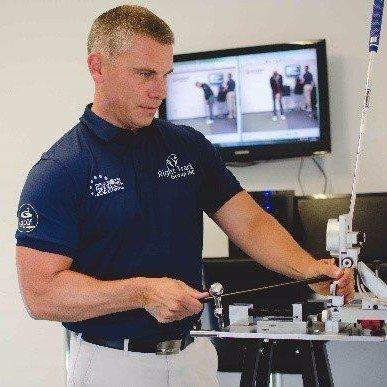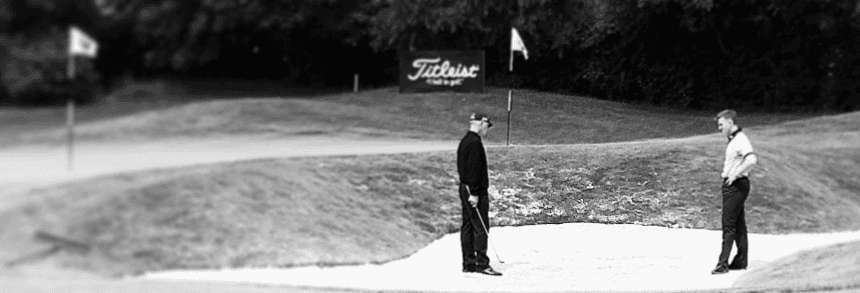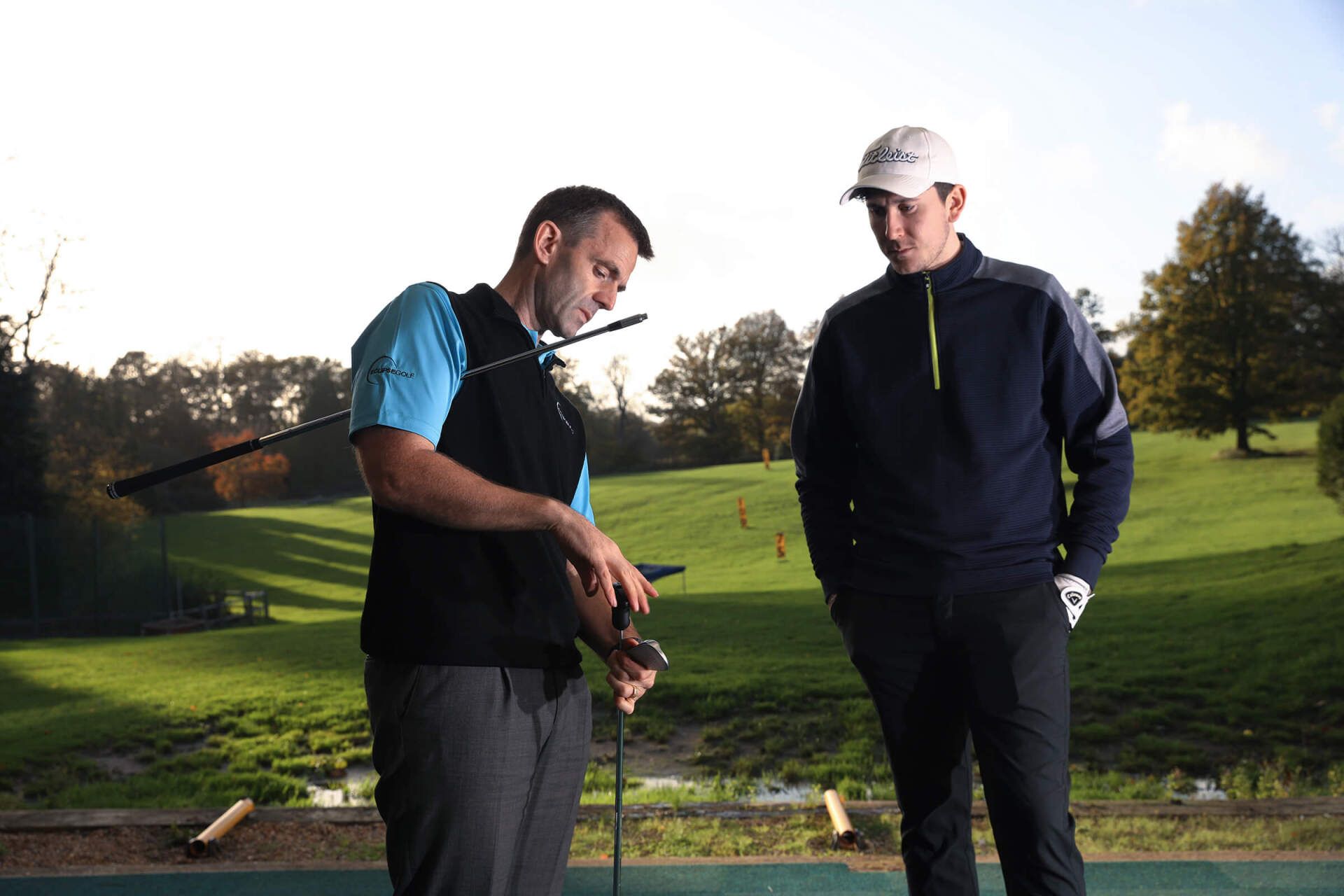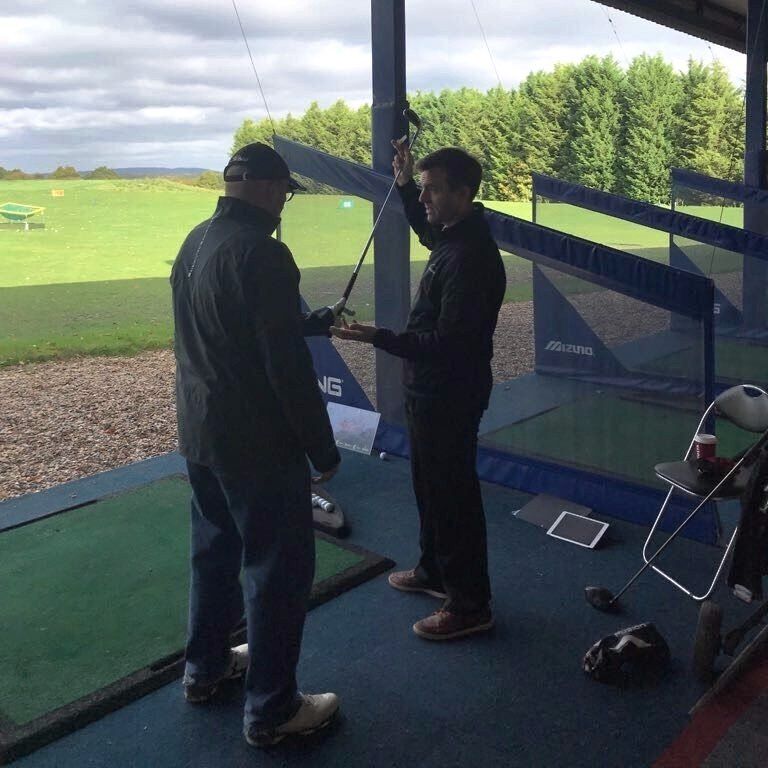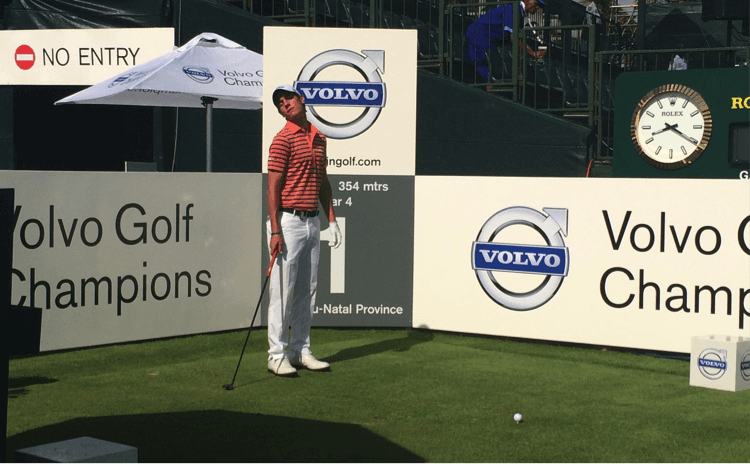Which Clubs You Will Be Recommended & Why
| Founder of Eclipse Golf & the ‘Performance Fitting™ approach |
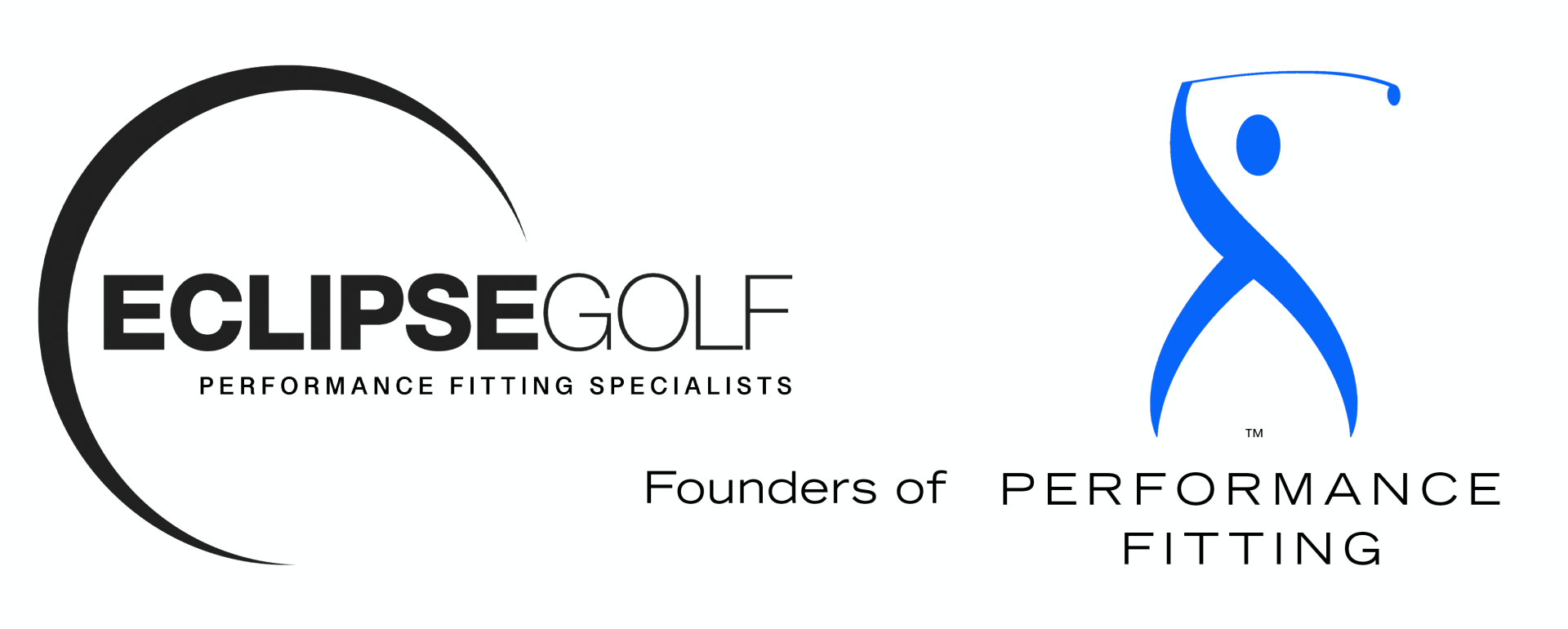
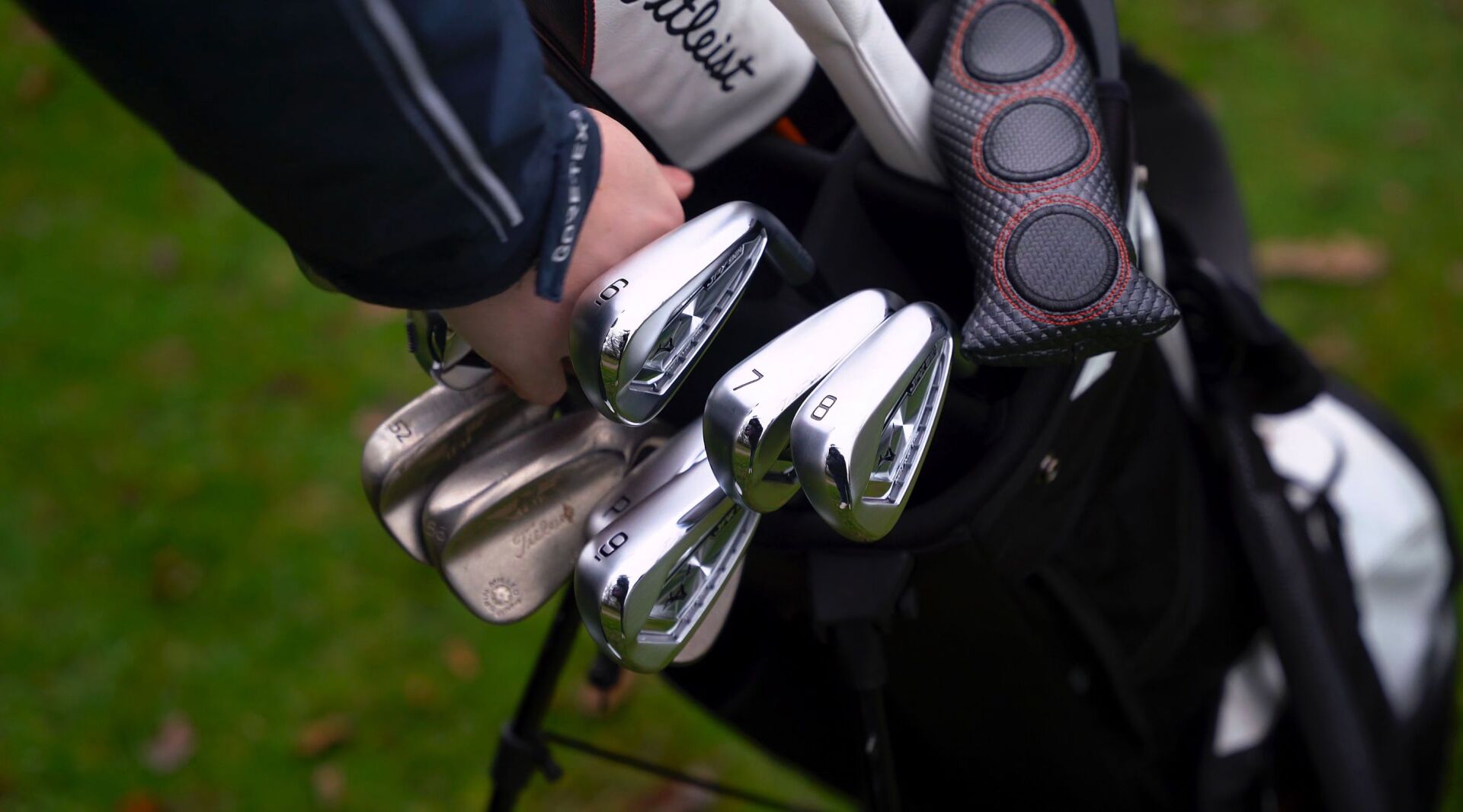
Intro
| There are many examples of how and why people buy golf clubs and I wrote this blog to shed to some light on how golfers are ending up with the models of clubs that they do. At the same time I am highlighting why the Eclipse Golf service has been created and how it gives an alternative that you can trust when all the marketing hype is overwhelming and the choices become confusing. |
The Marketing and the ‘Custom Fit Mantra’
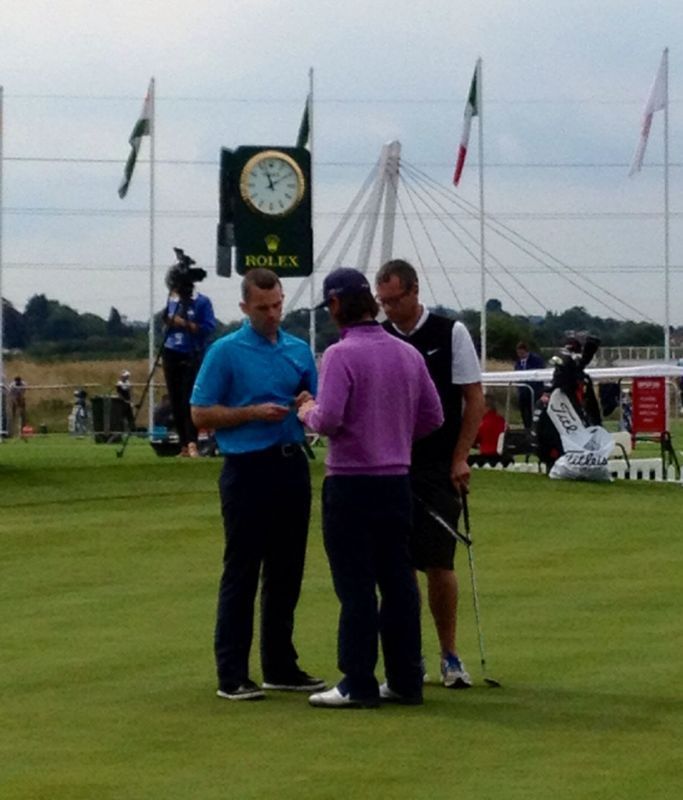
| I’ve worked on both sides of the fence, first as a PGA Professional at a club and then for a brand working closely with the R&D, Marketing teams and on Tour before finally starting my own business. This experience has helped me really understand what makes golfers of all standards tick and how the marketing is created to sell golf clubs. One of the most frequent questions I get asked by golfers who are watching me set up or pack down after sessions is ‘what are the best clubs on the market at the moment?’ The simple answer is that None of them are best for everyone. The question itself is revealing. Golfers are looking for the magic pill and the secrets that will help them play better. This makes them very susceptible to the brands marketing efforts as well as the golf retailers who have gone into the online space. In addition to this both the brands and the retailers use the ‘custom fit’ mantra as a key part of those marketing efforts. But ‘custom fit’ comes in many forms and the experience and results will vary widely depending on which form you pick. The brands will encourage you to go down to one of their preferred retailers to get fit for their driver/irons. The emphasis being on deciding which brand and club you want FIRST and THEN get fit to make it right for you. This is not the same as getting fit TO DECIDE which brand/model/spec is the best choice for you. |
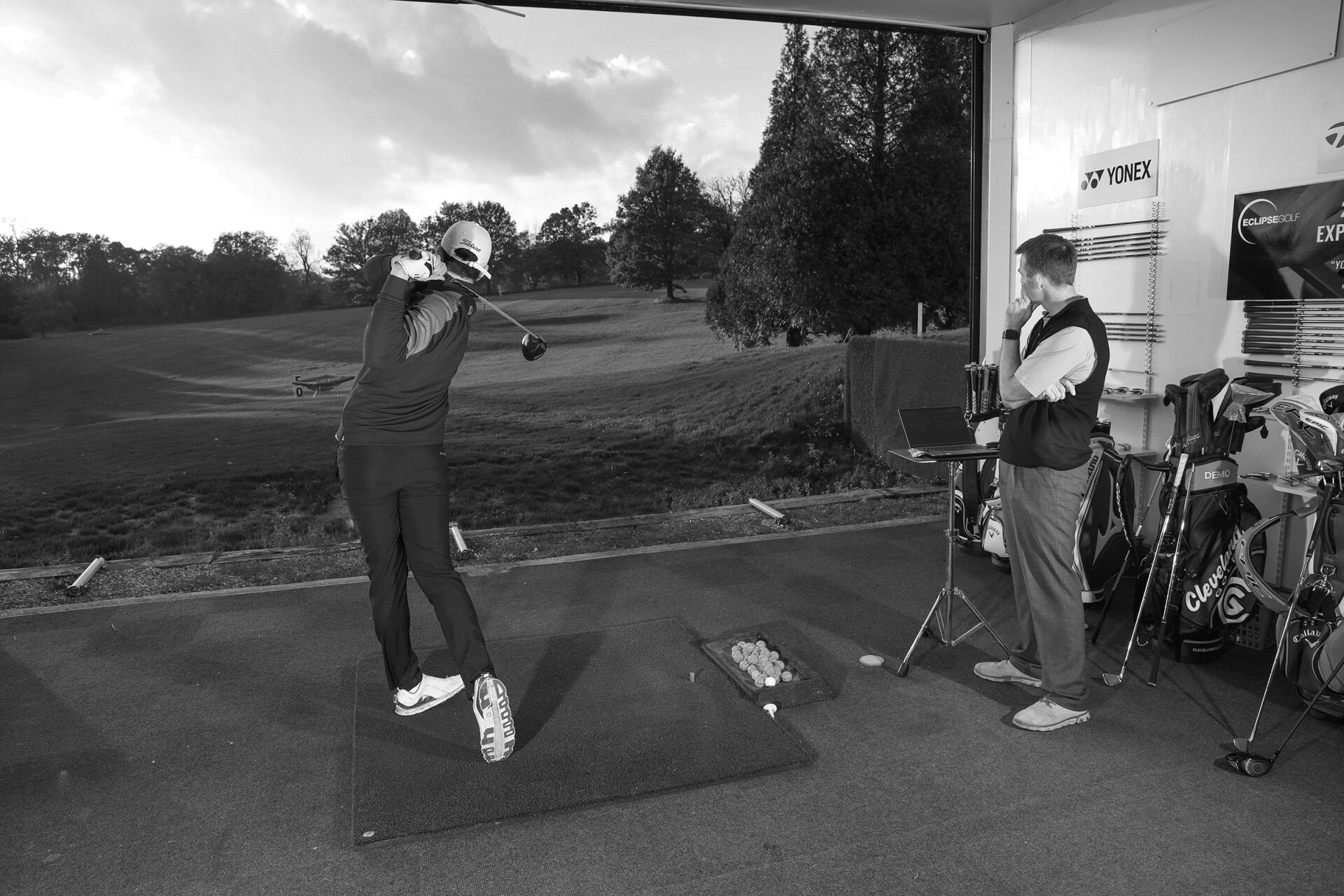
| These are subtle but VERY different approaches to delivering a ‘custom fit’ service. The online savvy retailers offer up ‘custom fit’ order functionality where you can type in your spec, get a price and order - all from your phone without any trial at all. Capitalising on powerful brand marketing that encourages you, the golfer to make your decision before trialling. This is very convenient and a very good use of technology /systems to make purchasing easy. The issue for you though, is you don’t know how good your results could actually be if you were fitted with an open mind by someone who is only motivated by your results. Two key points: 1 - ‘ Better’ does not mean ‘ Best ’ (being ‘better’ in some way than your last clubs does not mean they are the best choice/spec for you). 2 - Fitting experiences and results vary widely . For example our Performance Fitting™ approach is very different from the more common ‘Retail Fitting’ approach driven by the brands and most retailers. An example of what I mean…… In the last few weeks (at the time of writing) I have fitted, amongst many other specs, Mizuno blade irons (high skill level design) for an 18 hcp golfer, SIM2 Max oversize irons (super game improvement design) for a 4 hcp player and a 12 degree lofted Titleist driver to a 7hcp player who had 108mph (fast) clubhead speed. All of the above are out of the ‘norm’ and you will not find any marketing that would suggest those club choices should fit those categories of player. |
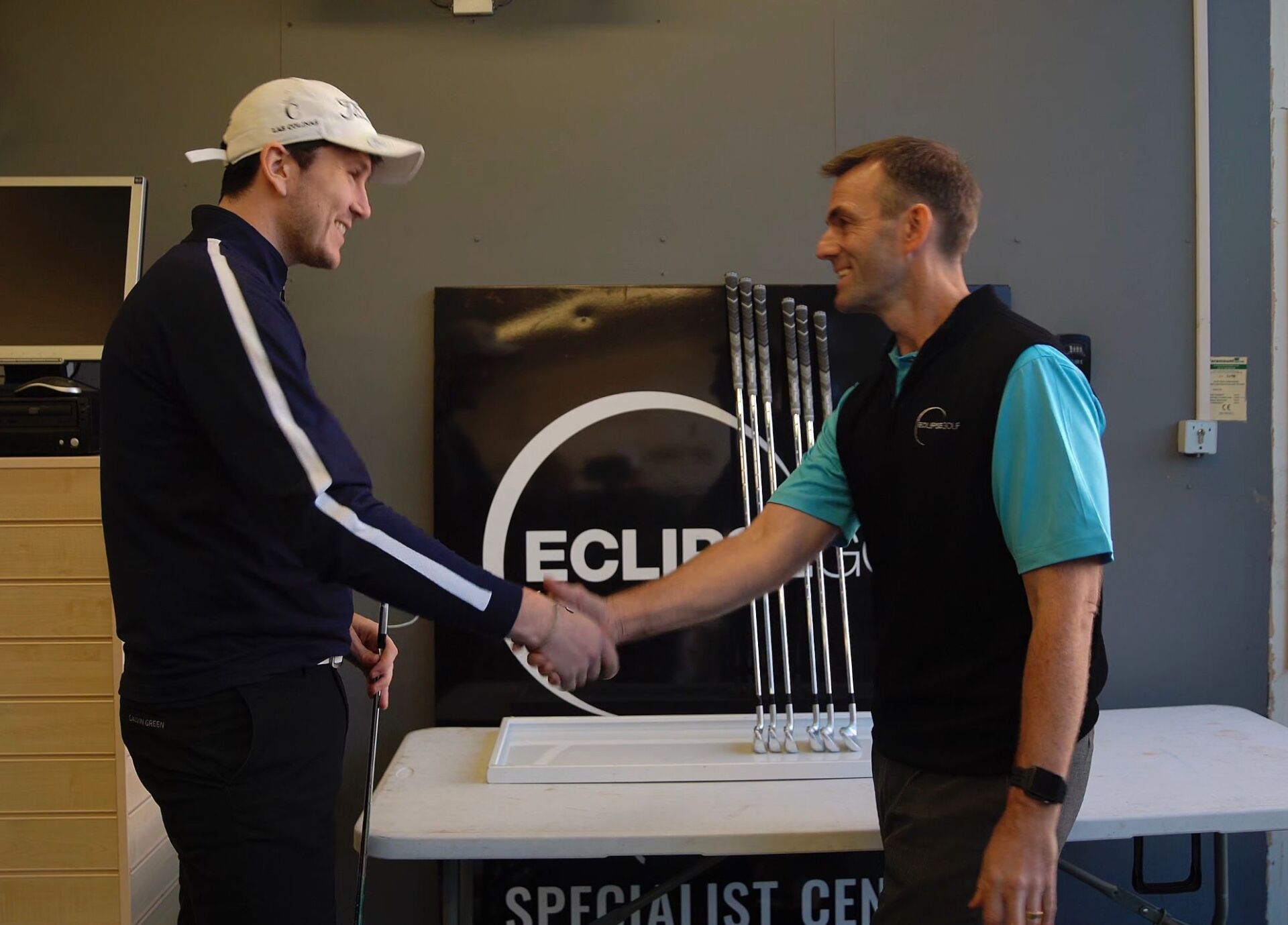
| If you bought online or were fitted at a facility that adopts the ‘ Retail Fitting ’ approach, I would be willing to place a significant bet on the fact that you will not have purchased the clubs that a ‘ Performance Fitting™ ’ specialist would have fitted for you. I’m not going into the reasons why I fitted those clubs to these particular players in this blog but it’s the very fact that I did that I’m writing this. The brands are trying to ‘encourage’ you decide their clubs are the best for you before any trial occurs. |
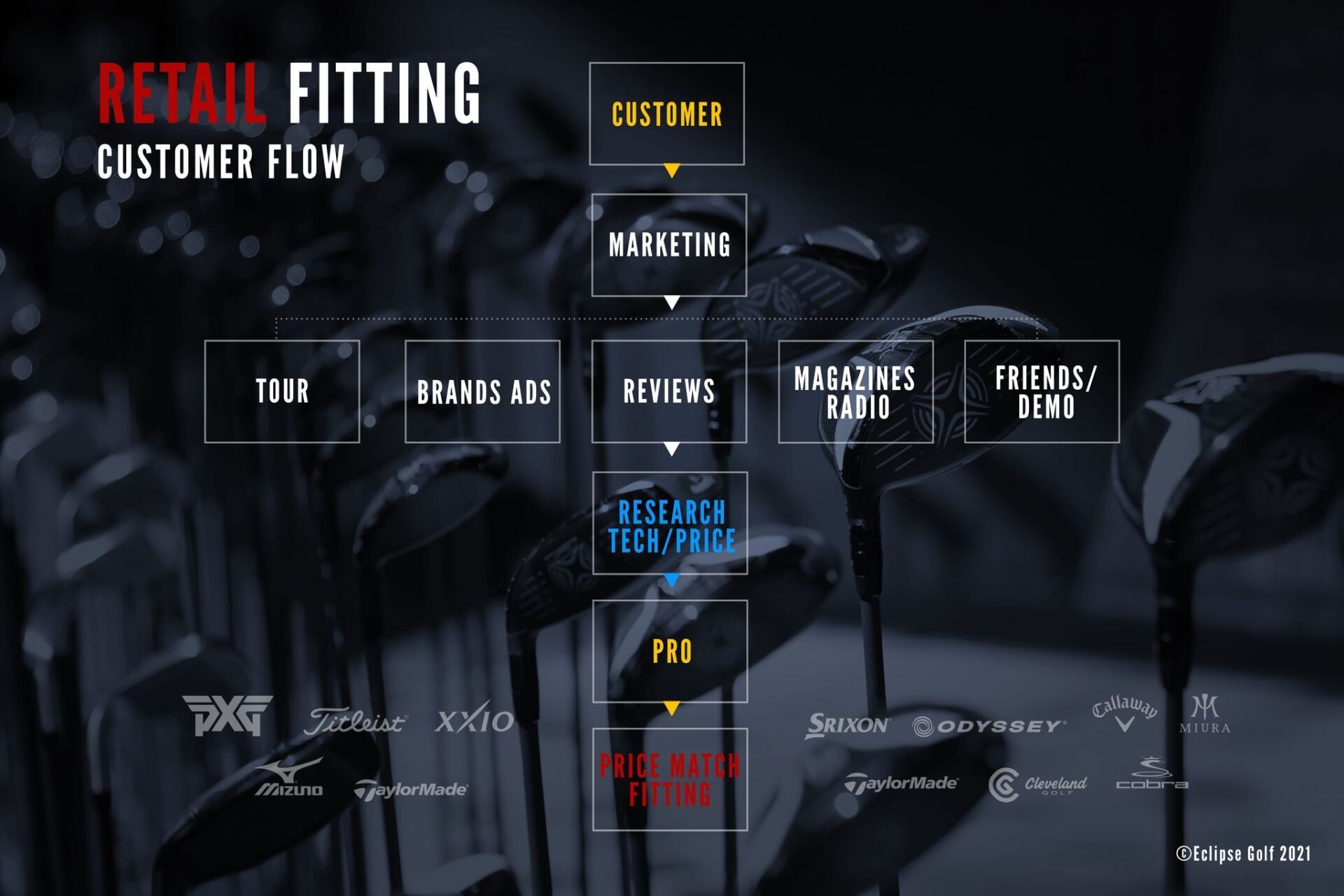
| They want to make it easy for the retailer – if a golfer has already decided they want a particular club then it’s easy for that facility – they don’t need to do very much work to clinch the sale and so the marketing of the brands has done its job, an easy sale and reorders for that brand by the retailer because people are coming in and ‘asking’ for it. Retail focussed facilities are happy because the brand is driving easy sales for them – they start to rely upon the brands marketing to drive golfers in to them. This is a perfectly understandable approach for the brands and the
facilities who are focussed on selling clubs
- they are businesses
after all and the more simple the brand can make that purchase decision for
you the more likely you will purchase their products. The biggest issue is that the simplification of choices with regards to golf clubs is not the same as choosing other products like jewellery, homeware or even other sports products. How many sports have 14 different tools designed to be used in one game by the same player for endless scenarios? Golf clubs are a significant purchase for most golfers and the decision-making process by the golfer is based on ‘ what will work best for me’ . They are not buying clubs – they are buying better golf . The reality is that no matter how much you, the golfer reads or listens to prior to purchasing, you won’t know until you actually try the clubs and in the best spec for you. For this you need expert guidance . |
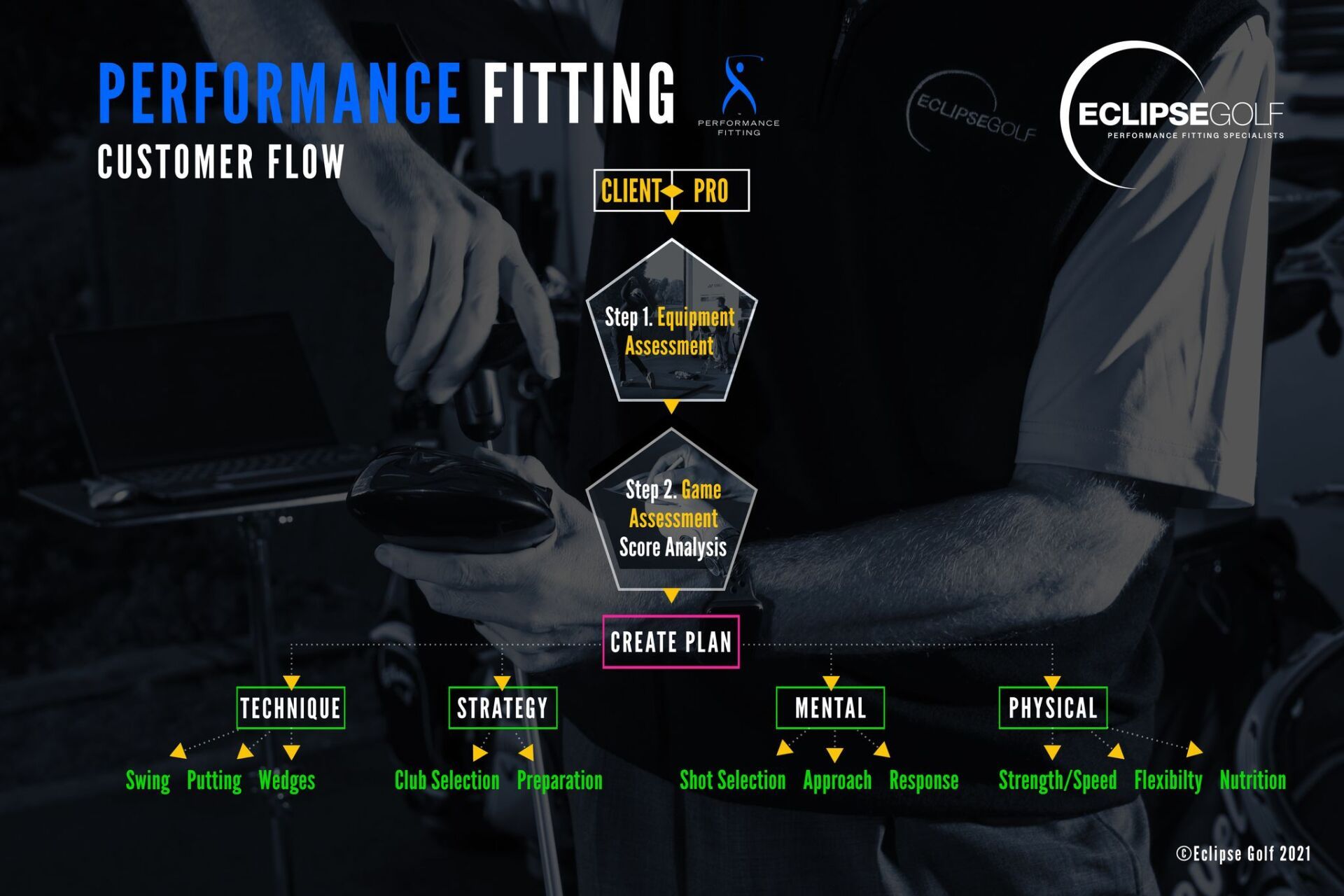
| When I work with a player, I’m building up all the information I need to work out the features they need on the club. This will then lead me to begin in a place I think will start meeting their goals. Sometimes my first ideas are on point. Other times I need to backtrack. No matter what I think will happen I’m forever being reminded that I don’t actually know until I see it for myself. I need to know how to navigate through the huge array of options to find the magic for my player. And that’s from someone who’s conducted thousands of fittings right from complete beginners to the best players in the world. With that in mind, you may start to think your ‘guide’ (fitter) is quite important…… and they really are. If you choose to see someone to guide you (I recommend you do) then you very likely won’t know if you are being fitted by someone with experience or who is motivated by a sales commission, a margin benefit or a brand promotion to name just a few of the unseen influences on the clubs you end up with. Your guide (Fitter) is a very important choice so no matter where you are in the world, do a little research first and also check out reviews if you have time. Your results will depend upon that choice. |
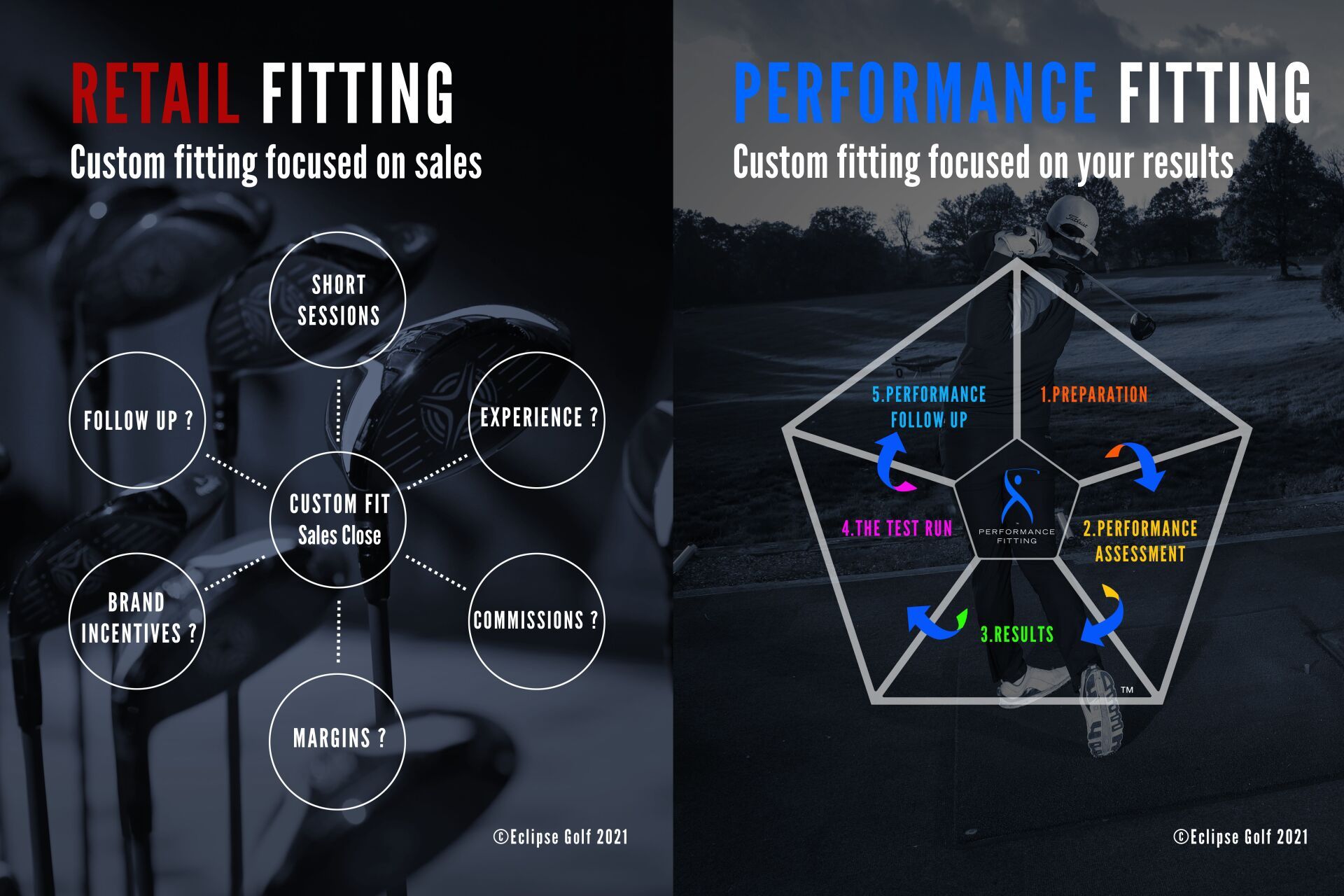
| You will also find that every brand adopts the rhetoric that their clubs will ‘win’ when in the testing/hitting environment. This is a super confident approach that when written in ‘marketing speak’ can have you parting with your hard earned money in the belief it will cure all ills before even looking at other models and specs that might be a better fit for you. For the smaller brands, ‘margins’ and ‘retailer relationships’ are their key weapons to them getting a slice of the club sales pie. They are always fighting against the ‘easy sell’ of the TaylorMade’s, Callaway’s and the Titleist’s of this world who are paying big money for Tour Player exposure - not just the players themselves but in the support of those players on Tour with club building juggernauts and the personnel who will travel with them around the globe. The reality though, is that the decision-making process during a fitting is involved and as you can see with the clubs I recommended recently you can’t just plug in your hcp, height and clubhead speed and come out with a club spec that will give you the best results. There are many micro decisions that need to be made throughout the process all of which can change the results for you. |
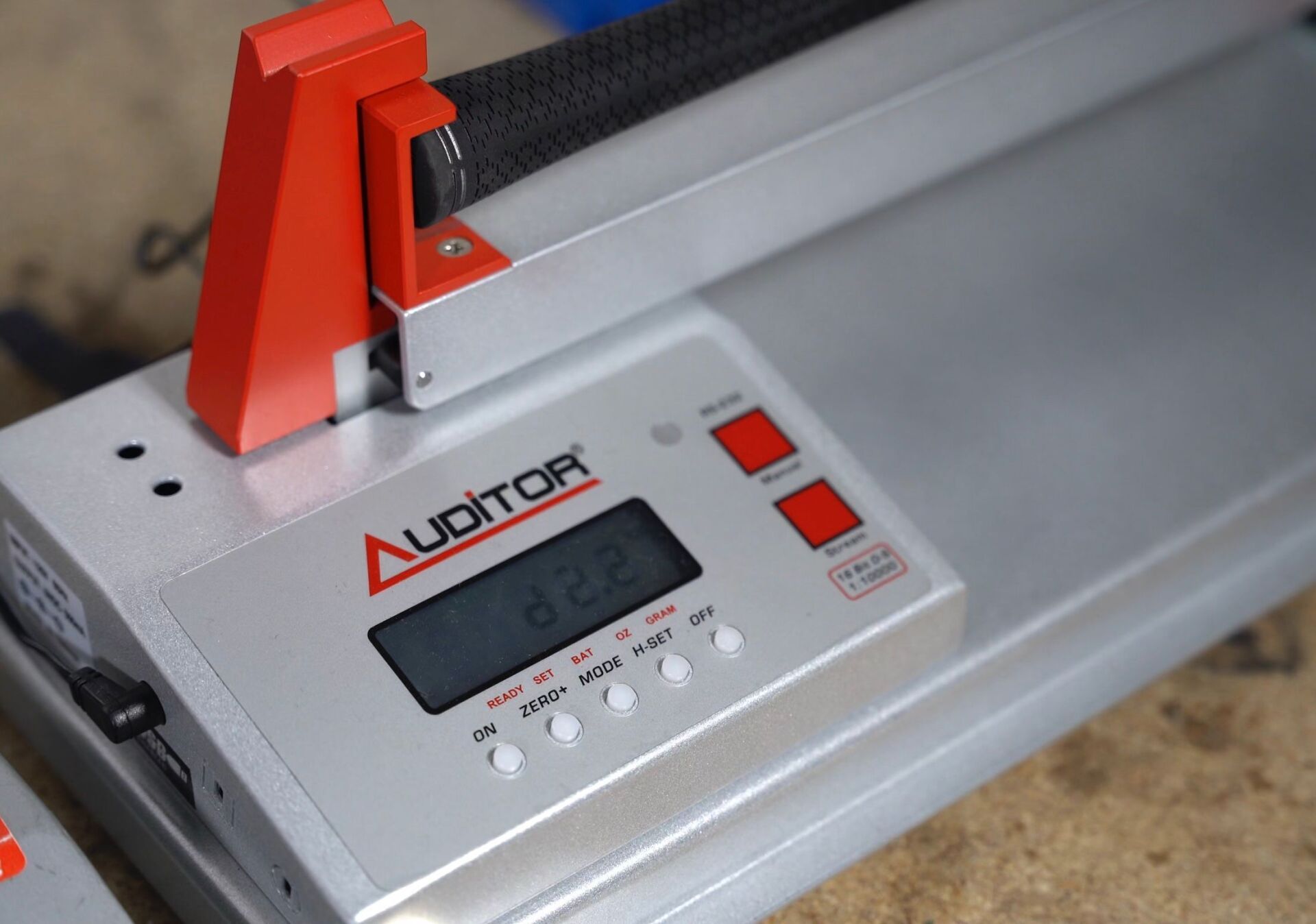
| Part of that decision making process is understanding the golfers psyche. As an example, during the booking and preparation phase of the process we ask our player if ‘they have their eye on anything in particular’. This will be something that is asked by most facilities but the motivation behind that question is different depending on who you see. For me and Eclipse Golf, it’s not to find out what clubs I am going to fit my player for, or the path of least resistance. It’s because I know that regardless of whether the club is right for them, I need to ensure they have at least seen it in action for themselves or they will always wonder and feel they may have missed something. That’s the power of the brands marketing and I need to recognise it and build it in to the process. If I ride roughshod over a golfer’s perception of what they need they will not enjoy the experience and even worse will walk away with doubts. I’m also long enough in the tooth to recognise that what a player ‘wants’ is a very big part of the decision-making process. You should love your clubs and there are times when I have recognised that this element can outweigh pure performance for some players. But as a golfer you need to realise that no matter how well the brands have targeted you , they have never ‘ seen you’ . They may have seen people like you, who have similar swing issues, but similar is not the same and there are a myriad of elements within a good fitting system that will improve your results. |
Why a brand fitting is not the best way to get the best clubs for your game.
| I see lots of brand demo days being advertised at golf courses. This is where the brands will book a few hours at one of their retail partners (golf shops and clubs) facilities and have one of their reps give you, a short amount of time to find the best clubs for your game. There is often the presumption that the fitter is PGA or teaching qualified which while is sometimes the case, often it is not. The rep will collect sales data from the days takings at the facility and report the ‘success’ of the day. I’ve rarely heard of or seen the facility, or the brand follow up with you, the golfer to see if you had success on the course with the advised equipment. |
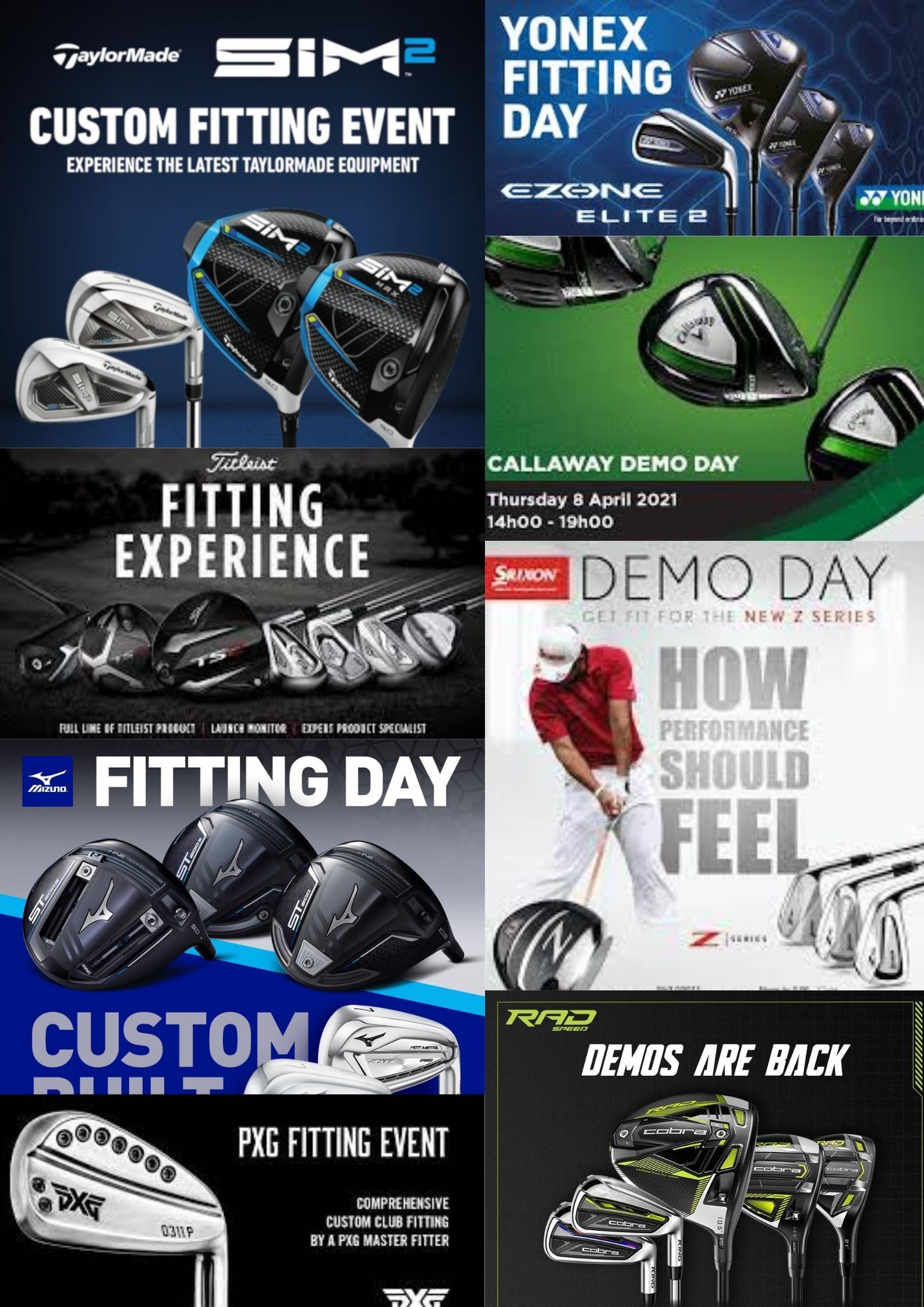
| If you speak to the ‘fitters’ who work for the brands as well, you will find out they are not happy with rushing through a session to sell as much as possible. They know it’s not enough time to get the best results. It’s one of the reasons why I set up Eclipse Golf to have a business model that did not rely on sales of equipment. Of course, it’s a boost to the business when we see the process all the way through, but we will never have any of our specialists commissioned on sales. The only incentives are based on the feedback we get from every one of the golfers we work with. That means doing everything we can to ensure the golfer sees real results on the course. |
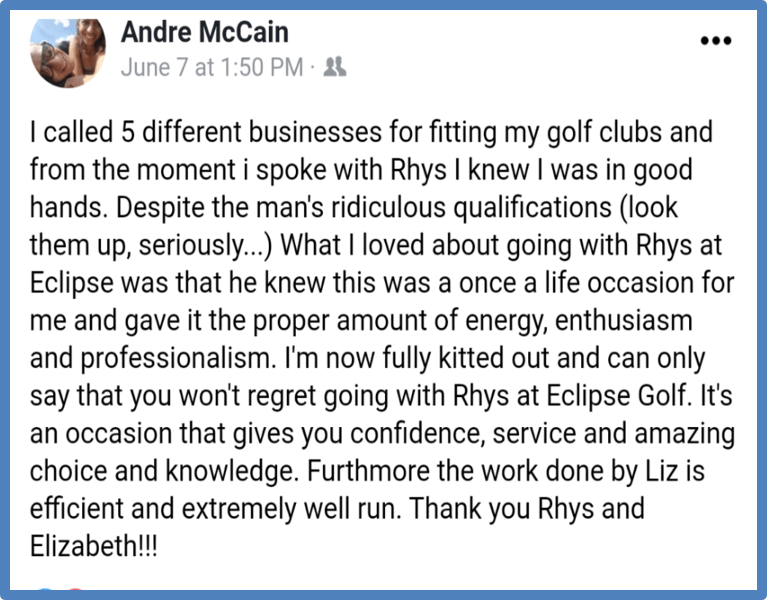
| The BEST way of doing that is to ensure your process keeps going until you have verified that is the case. The other element of a brand fitting that puts you at a distinct disadvantage as a golfer, is the very obvious reason that they only have their own club designs to work with. Have you noticed the differences for example in the iron category between a Ping G425, a Callaway Mavrik Max, a Titleist T300 and a Srixon ZX4? All of these are geared towards the same type of player but all have applied different sole widths, face length, face height, offset, weight placement and bounce angles that will make a difference to you. So which one is right for you? If I work with you and I only have one brand – what do I do if I want to test out something with a little more offset and longer heel to toe design? Can you imagine a TaylorMade brand rep ever saying, ‘actually our design doesn’t have quite the right width of sole for you – wait until the Callaway Rep comes in and try their models’. The thought is laughable (not to mention inconvenient for you)! However, if you go to see someone who has both of those brands you could have exactly that situation – choice of design. Which fitting scenario would you prefer – one brands models or two? Or more? Going to a facility that has multiple brands designs to work with must be better right? Yes! but there is a big caveat against having multiple brands…… |
Why more brands to select from is better AND worse.
| For you, more brands available within your fitting is, on the face of it, a good thing. You are not limited by any single brands designs. That’s the same for the fitter guiding you. More brands, better choice. However, for the fitter, with every additional brand comes different technology, support, systems, test kit options, building methods, philosophy, and tolerances. To give your golfer the best result you have to understand every one of those brands/models in depth in all those factors or you are offering a service that has ‘choice’ as a USP but that ends up favouring the brands you know more in depth than the others. If you go for a fitting at a facility with 5 brands for exactly that reason (more choice) and the fitter only knows two of them well then you are effectively going to a fitting that has two brands. Think about that. At Eclipse Golf we have between 8 and 12 head brands at any one time. That has taken a while to build up to for several reasons. |
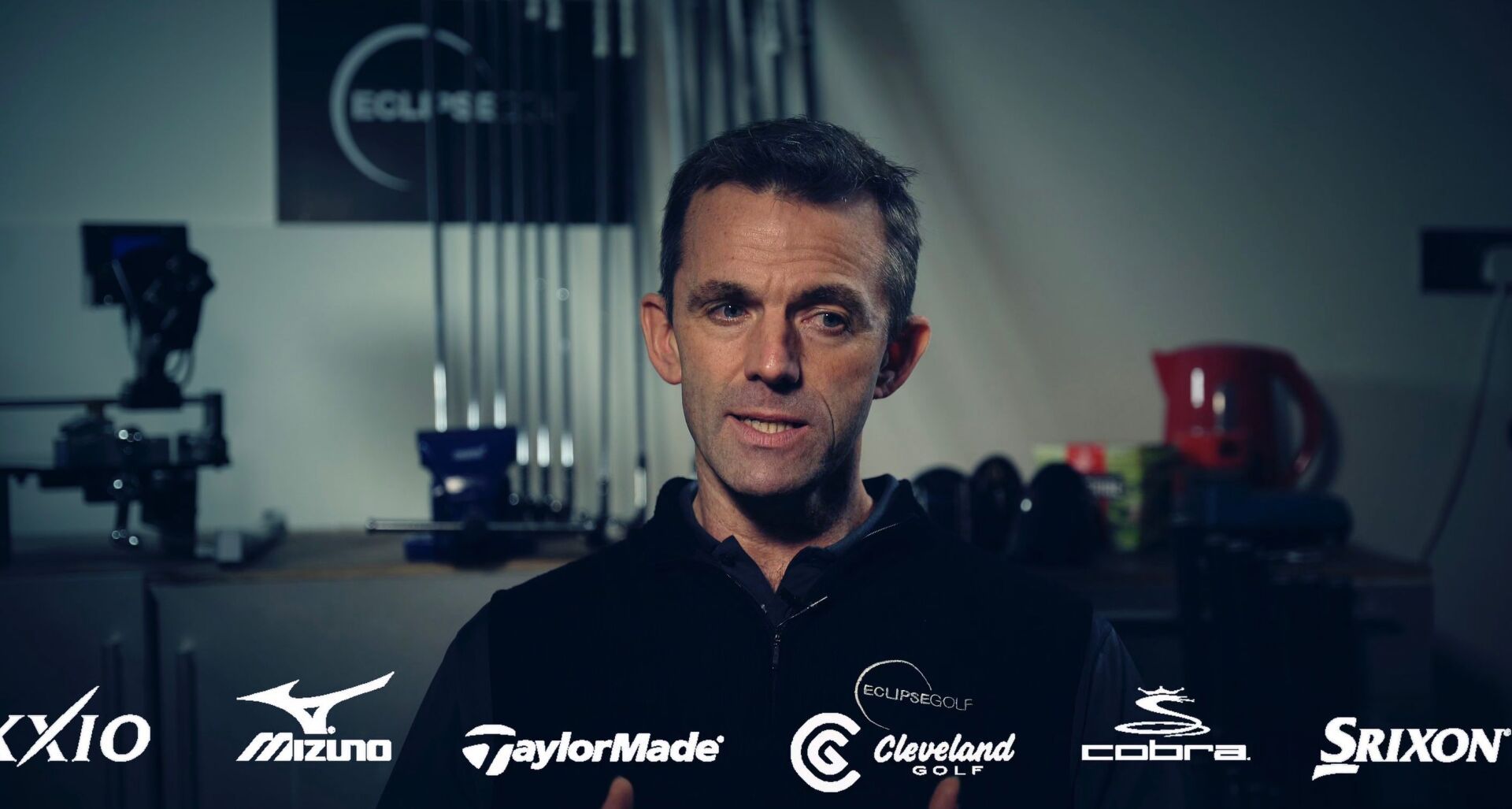
| 1 - Because Eclipse services are set up to be ‘ performance ’ & not ‘sales’ driven 2 - Because the criteria for opening an account with each brand is involved 3 - Because financial commitment to enough testing clubs is significant 4 - Because every brand comes with different systems and support 5 - Because taking on a brand requires time to learn the products properly 6 - Because taking on a brand usually requires a commitment to sales The last one (commitment to sales) was the biggest hurdle for me. Any commitment to sales sets alarm bells off as I know it is too often the reason why a brand is sold over another (Retail Fitting approach) – to meet a sales number rather than a decision be made purely for the better results of the player. That’s what golfers get fitted for. To get better results. |
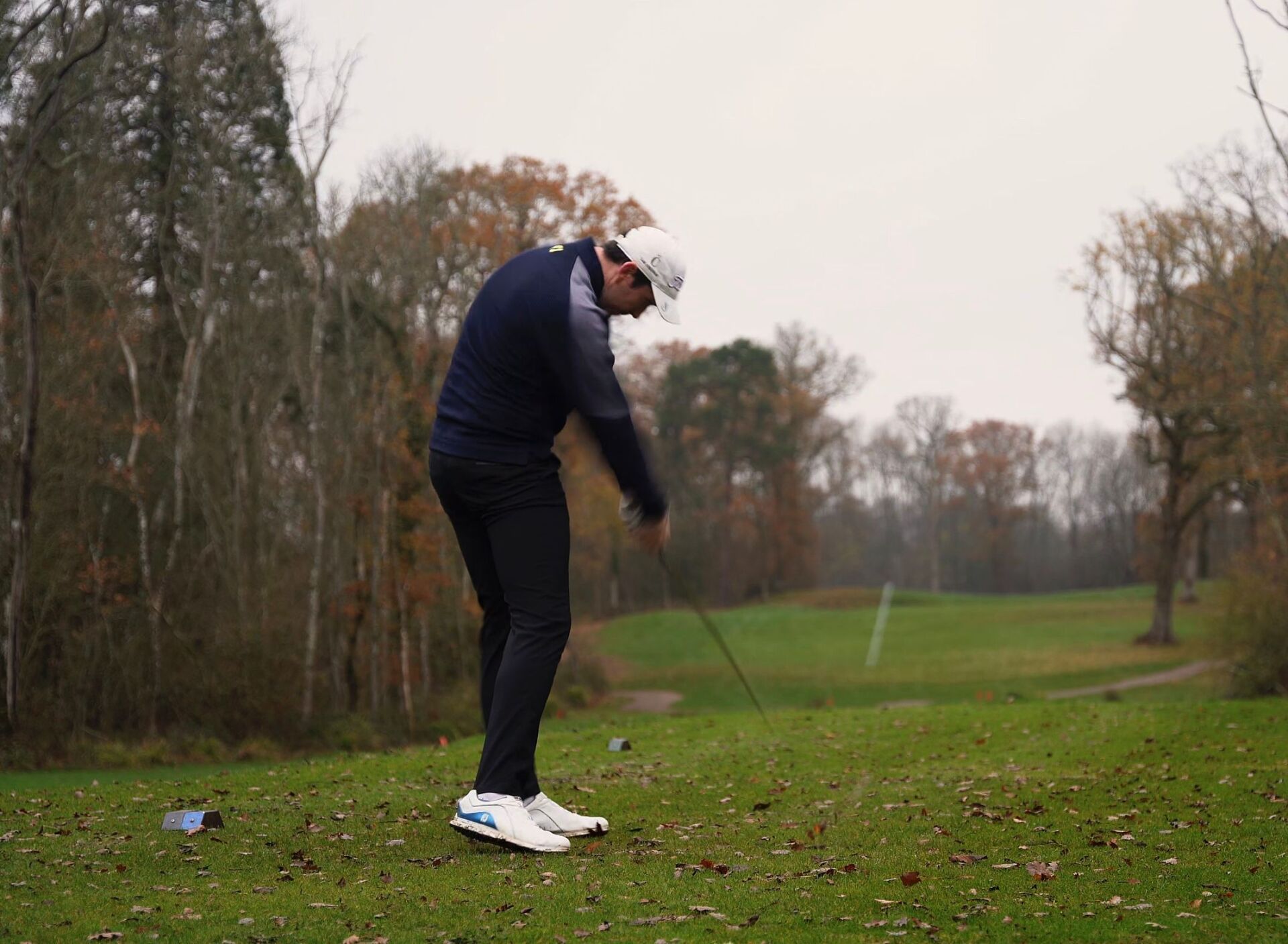
| If a decision is made for any reason other than that, then the service for the golfer has been compromised. To offset this concern I had to wait to grow the Eclipse Golf service enough to ensure that any commitment to a sales number (to open the account) was easily covered by a large enough audience and not a driver of advice we give. Second to that point is that having opened the accounts I am not trying to make each brand pay for itself. I may invest several thousands of pounds in test equipment for one brand but I do not try and get the return for that equipment by ‘recommending’ a certain number of that brands clubs. I may only end up recommending it 2 or 3 times during the year but that will be because it’s the right clubs for my player. I can’t tell you how liberating it is to have such a huge choice to work with when you know the brand well. |
Do We Favour Any Brands?
| This is a really key element of our Performance Fitting™ approach. The short answer is ‘ no’ we do not and I’ve worked to ensure ‘performance, results and experience ’ are the only factors in what we end up fitting for a player. However, there are a number of influences on us and we work hard to ensure that they are as beneficial for the end results on the course for our golfer as possible. Examples of these influences are as follows: 1 - Better Knowledge (a never-ending project!) -You need to understand a brands technology and design principles inside out. -You need to know how to apply them. -You need to have your own experience of all their clubs and be able to sort through what is marketing and what is real. This ‘experience’ needs to be constantly updated. 2 - Better margins and brand incentives -A facility owner will naturally want to ‘sell’ the higher margin items. That will be a big influence on what you are given at a ‘Retail Fitting’ facility. -At a Performance Fitting™ facility, these are not a driver of recommendations.
3 – Better Relationships and Service -This is important. The brands sales reps you work with will have an impact on how the brands products and philosophy are presented to the facility. It will typically be a ‘sales’ driven approach -Most of the reps I work with know that incentivising me to ‘sell’ more is not going to influence their ‘number’. They know that simply helping me get the tools I need and ensuring the support they give and the quality of their club build is accurate will ensure there are no blocks to their products being considered in sessions. Then it’s down to our (Eclipse Golf’s) interpretation of how their club design fits that player and how well we can dial in the spec to them. |

| 4 – Better testing options and knowledge of what’s available to test with. -If I need a test iron for my player that is, for example, shorter in length and flatter in lie angle and I don’t have it, then my player will not hit that club as well as they can. So, if they are hitting a standard length/std lie Mizuno Vs. a shorter length, flatter lie Srixon, they will hit the Srixon better even if the head model of the Mizuno is more suitable than the Srixon is in this case. At Eclipse and any other
Performance Fitting™ facility we will have made up and purchased additional
clubs and shafts for the test kit to cover as many scenarios as possible to
avoid that situation. A limited test kit is a limited fitting experience. All of the above elements are present and real with every brand I work with. When I left Callaway to start my own business in 2015 I knew them inside out. Because of that they had an advantage which I was really conscious of and wasn’t happy with. It wasn’t a push on Callaway clubs, rather the simple fact of being an expert in their technology and equipment meant I knew them better than the other brands I was working with which meant my confidence in them was greater. This was something I set out to address as soon as I recognised the situation and the way I did that was to research (and continue to do so) every brand in a super thorough fashion - visit the factories where I could, learn how to build clubs their way, ask questions of the R&D teams/Reps. Basically, getting under their skin and replicating everything I used to do at Callaway so I knew that when I had a player in front of me there was no bias due to lack of knowledge. This is a continual process – you never know it all and there is a lot to remember. |
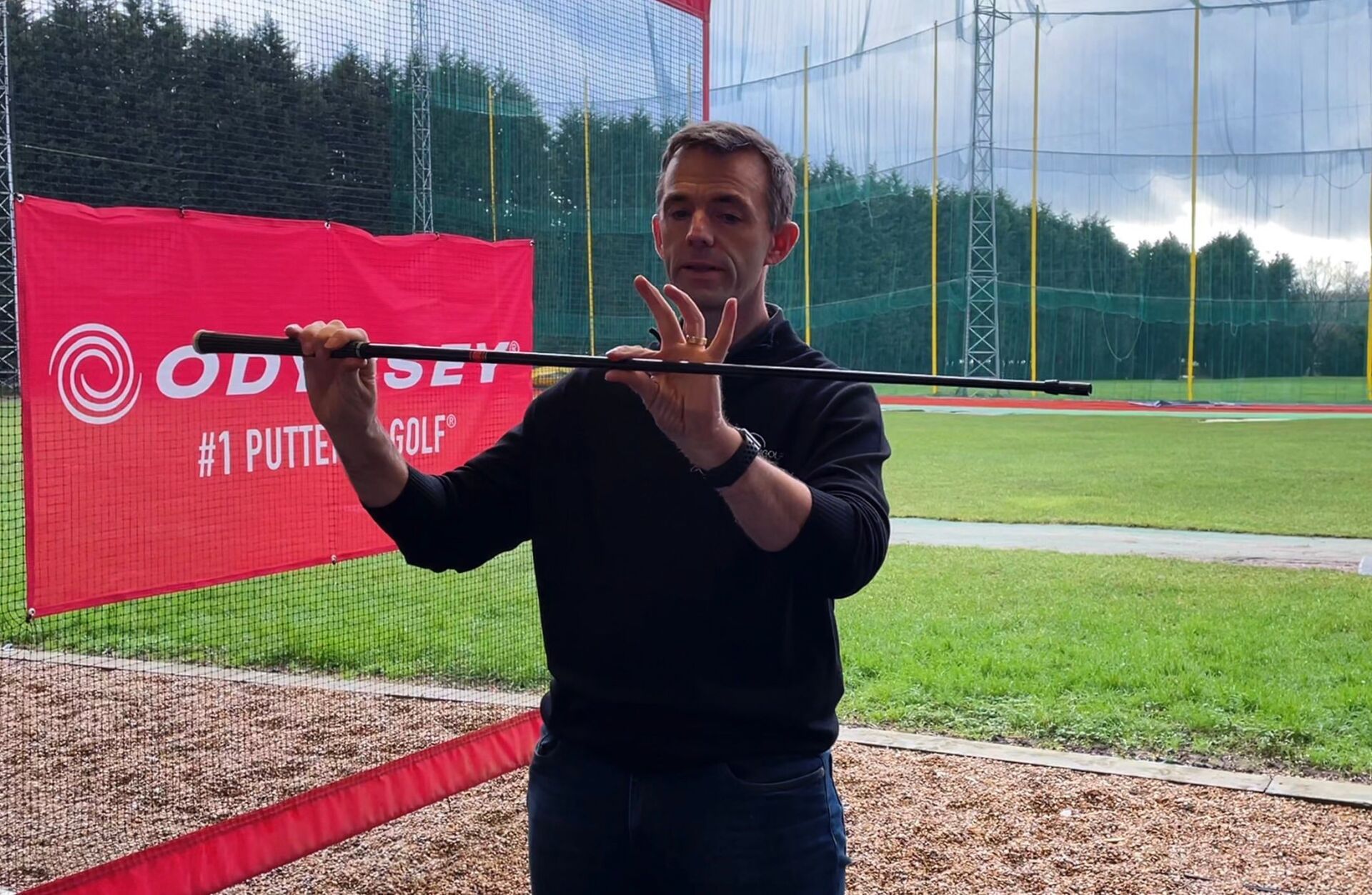
| However, many of the facilities I know DO care and are interested but the reality is they are often ‘time poor’. Business comes first which means their knowledge on pricing and margins is the priority and they will be led by the brands. At the start of my business though, my only revenue stream was the session fee I charged for giving someone my time and guidance based on my experience. |
| I knew that any poor advice or experience from any of my players would kill the business quickly, so the approach I took was that I would leave no stone unturned to get my client the best possible equipment for their game. When you really think about that you are always thinking… ‘How can I make this better?’ You are always challenging your knowledge and investigating further. This in itself grows your knowledge and keeps you improving the advice you are giving. So, to answer the question ‘do we favour any brands’ the answer is ‘ No’. But we have to work hard to ensure it stays that way! We only favour results and we know how to get them. |
The best way to approach your golf improvement is - Equipment First!
| Ok – so yes, I’m bias towards getting your equipment sorted out as a priority but it’s one of the reasons I set up Eclipse Golf. If your equipment is a poor fit, you are having to accommodate that in some way within your swing. That makes things difficult for you and your coach if you have one. So what does all this mean for you, the golfer? Very simply I wrote this blog to give you insights that I hope will help you understand how your equipment choices are made and the best places to go to find the right guide. These are the 3 simple take-aways I would summarise with: 1 – Avoid making decisions about which brand and model you want to get fit for. You can research if there are models you want to try but don’t make any decisions or purchase anything online until you’ve seen a proper fitting facility. 2 – Identify the best fitting facility in your area. If we (Eclipse Golf) are accessible to you we’d love to hear from you and be part of your journey but there are others out there who have the same passion as we do for getting your equipment right and who you can trust. Let the customer reviews be your guide. If you can’t see any on their promotional literature, then dig a little deeper – see this link for examples of our reviews:
|
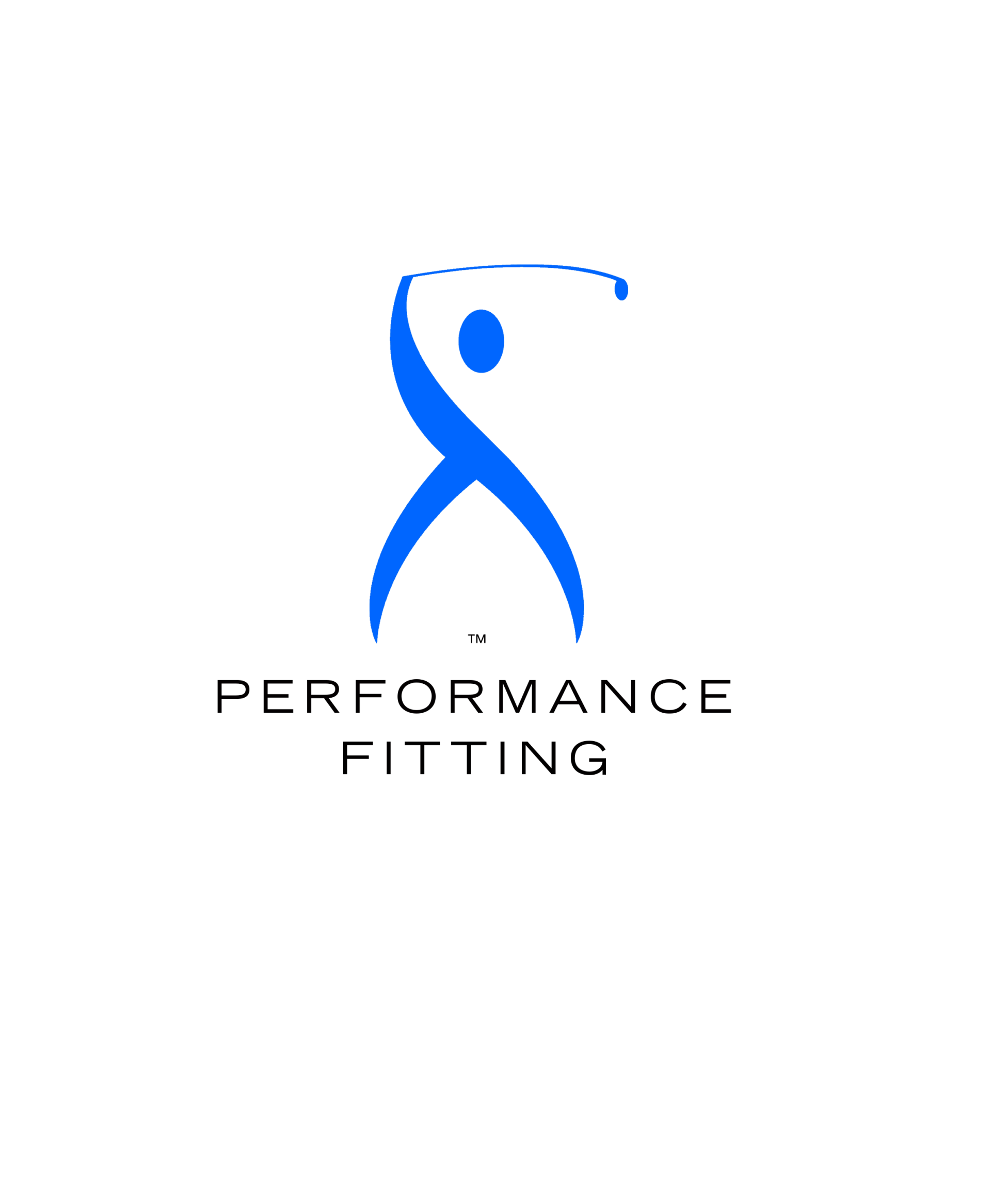
| If you are a golf facility or Pro that offers custom fit and would like training or consultancy for any of your team in the ‘Performance Fitting’ approach, please click the link below and complete the enquiries form: https://zt415.infusionsoft.com/app/form/traininginterest or visit us at www.eclipsegolfltd.com / email us at enquiries@eclipse-golf.co.uk |
